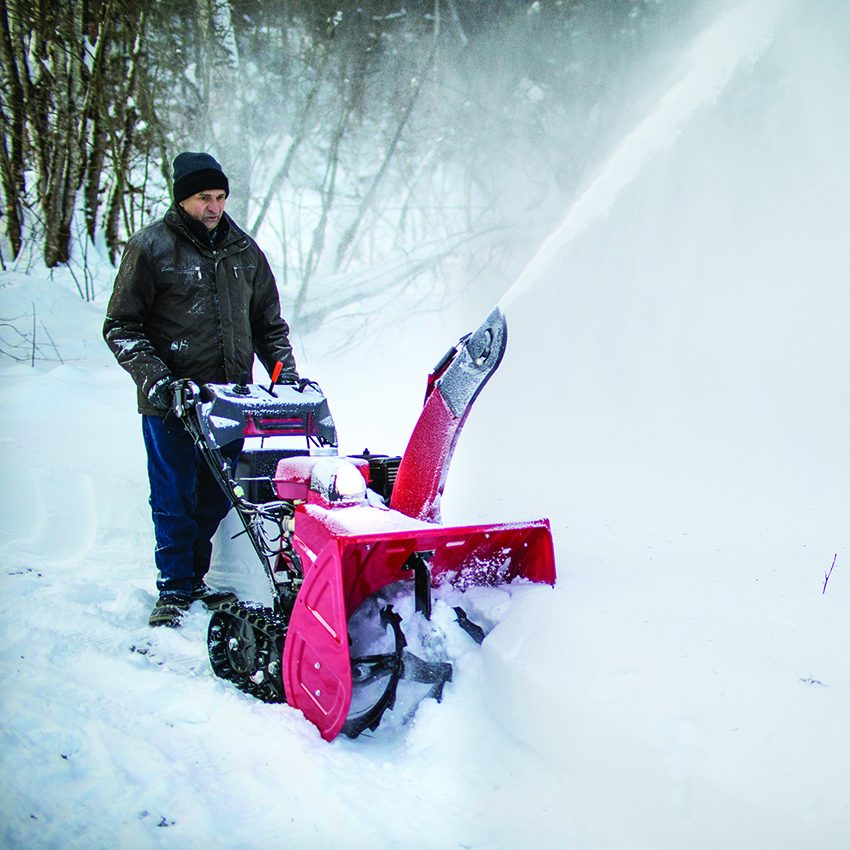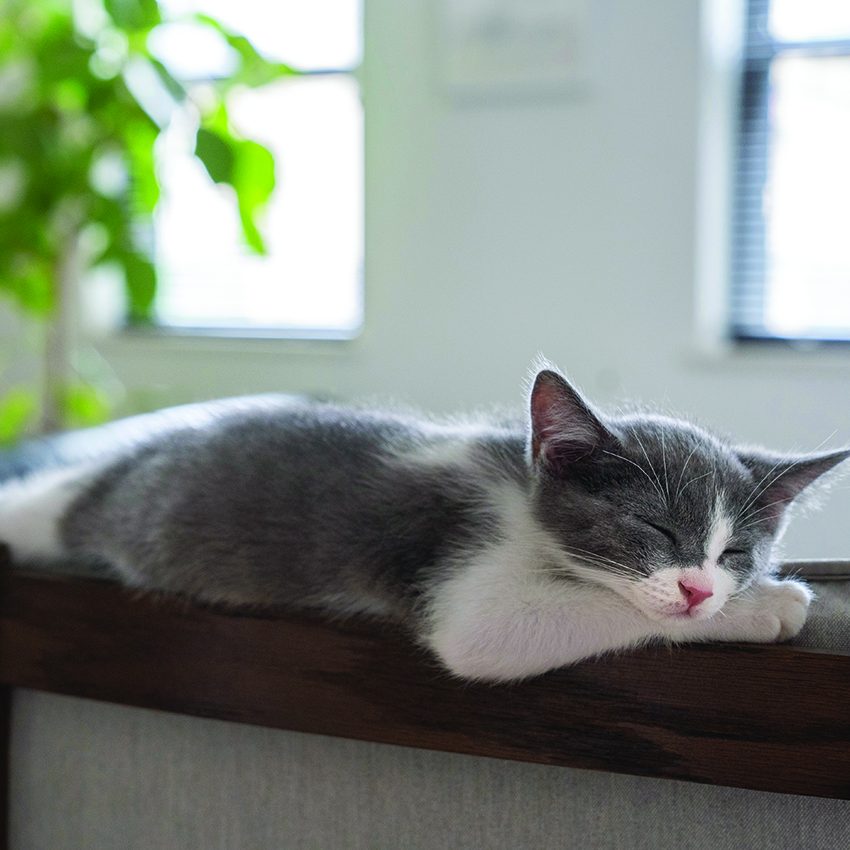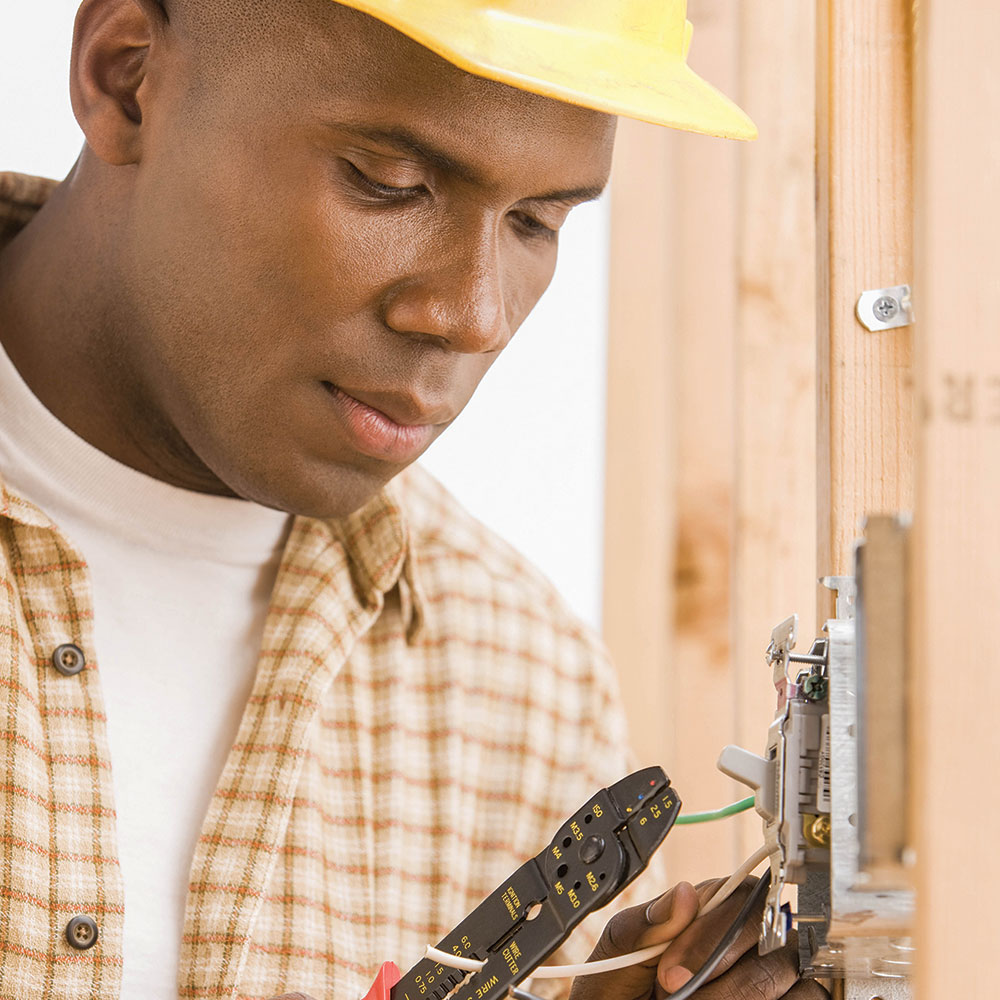Homeowners go to great lengths to make their properties comfortable places to call home. Whether it’s new interior furnishings or renovated outdoor living areas or the installation of various smart home technologies, there’s no shortage of ways to upgrade a home with comfort in mind.
When homeowners renovate a home in an effort to make spaces more relaxing and welcoming, it’s important they recognize the relationship between comfort and safety. A home is only as comfortable as it is safe, as residents might struggle to relax if they’re concerned about their safety. Security cameras can help quell such concerns, which is one of a handful of reasons homeowners should consider these increasingly popular safety features for their homes.
· Security cameras can help to deter criminals. Property crimes may not garner the same level of news coverage as violent crimes, but a recent report from the Federal Bureau of Investigation indicated that there were still nearly 900,000 burglary offenses in the United States in 2022. That figure represents a decline of more than 50 percent since 2012, when FBI data indicates more than 1.8 million such offenses were committed. A host of variables undoubtedly contributed to that decline, and the greater availability and increased affordability of security cameras has made it easier than ever for homeowners to make their homes less appealing to prospective burglars.
· Security cameras may help to lower insurance premiums. Exterior security cameras can help individuals lower the cost of their homeowners insurance policies. The extent of those savings may depend on the type of cameras homeowners install and whether or not the cameras are integrated into a whole-home security system. The Insurance Information Institute notes that whole home security systems can save homeowners anywhere from 2 to 15 percent on their homeowners insurance policies. More advanced systems, such as those which feature alarms and exterior cameras, can earn homeowners greater savings on their policies.
· Security cameras provide peace of mind while traveling. Modern security camera systems now provide remote access through smartphone apps. That can give homeowners peace of mind when traveling, as they can monitor their properties when they’re away from home and potentially alert local authorities if they notice anything suspicious on their remote feeds.
· Security cameras can give parents peace of mind. Much like security cameras help travelers keep an eye on their property while they’re away, parents also may find that access to real-time video footage of their homes can calm their nerves when children are in the house. Parents can utilize cameras to keep tabs on youngsters playing in the yard and monitor feeds to see what older kids are up to while Mom and Dad are at work or away from the home for other reasons.
Home security cameras are a worthwhile investment that can save homeowners money and provide peace of mind that they’re doing everything possible to make their homes comfortable, safe spaces to live.













